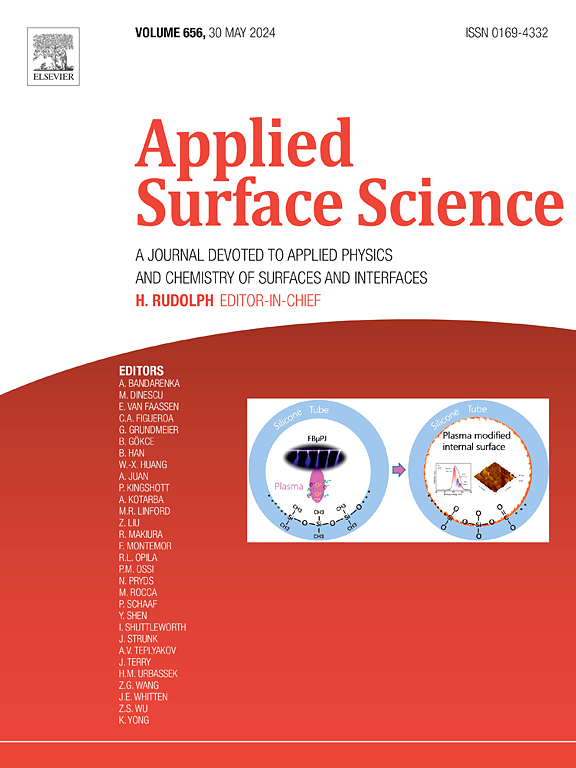Mechano-responsive wetting transitions on strain-dependent fs-laser-processed PDMS surfaces
IF 6.3
2区 材料科学
Q2 CHEMISTRY, PHYSICAL
引用次数: 0
Abstract
Tuning the wettability of smart surfaces is of great interest for innovative lab-on-a-chip applications and microfluidic systems. However, conventional stimuli limit changes of the materials surface energy or morphology. We demonstrate an effective strategy for varying wettability by using surface modification based on strain-dependent fs-laser-processing and dynamic external mechanical forces. For this purpose, groove structures were introduced into unstretched and stretched PDMS surfaces, whereby the structures created under strain can be reversibly opened and closed in response to mechanical stress as a simple and inexpensive stimulus due to the elastomeric properties of the substrate material. These strain-dependent topography changes are accompanied by a change in the liquid–solid contact area and consequently in the wetting properties. Depending on the structural parameters of groove and plateau width, groove depth and period, wetting phenomena on anisotropic groove structures, such as the directional dependence of the contact angle as well as the contact angle hysteresis, have been confirmed on mechano-responsive grooves. Especially on hierarchically structured surfaces, strain-dependent groove-processing allows a dynamic control of the microstructure to reversibly switch between different adhesion states and to introduce isotropic lotus leaf-like or anisotropic rice leaf-like wetting properties.


应变相关光纤激光加工PDMS表面的机械响应性润湿转变
调整智能表面的润湿性对于创新的芯片上实验室应用和微流体系统非常感兴趣。然而,传统的刺激限制了材料表面能或形态的变化。我们展示了一种有效的策略,通过使用基于应变依赖的激光加工和动态外部机械力的表面改性来改变润湿性。为此,将沟槽结构引入到未拉伸和拉伸的PDMS表面,由于衬底材料的弹性体特性,在应变下产生的结构可以作为一种简单而廉价的刺激,响应机械应力可逆地打开和关闭。这些与应变相关的地形变化伴随着液固接触面积的变化,从而导致润湿性能的变化。根据沟槽和平台宽度、沟槽深度和周期等结构参数,确定了各向异性沟槽结构的润湿现象,如接触角的方向依赖性和接触角滞后。特别是在分层结构的表面上,应变相关的凹槽处理允许微观结构的动态控制,在不同的粘附状态之间可逆切换,并引入各向同性荷叶或各向异性水稻叶的润湿特性。
本文章由计算机程序翻译,如有差异,请以英文原文为准。
求助全文
约1分钟内获得全文
求助全文
来源期刊

Applied Surface Science
工程技术-材料科学:膜
CiteScore
12.50
自引率
7.50%
发文量
3393
审稿时长
67 days
期刊介绍:
Applied Surface Science covers topics contributing to a better understanding of surfaces, interfaces, nanostructures and their applications. The journal is concerned with scientific research on the atomic and molecular level of material properties determined with specific surface analytical techniques and/or computational methods, as well as the processing of such structures.
 求助内容:
求助内容: 应助结果提醒方式:
应助结果提醒方式:


